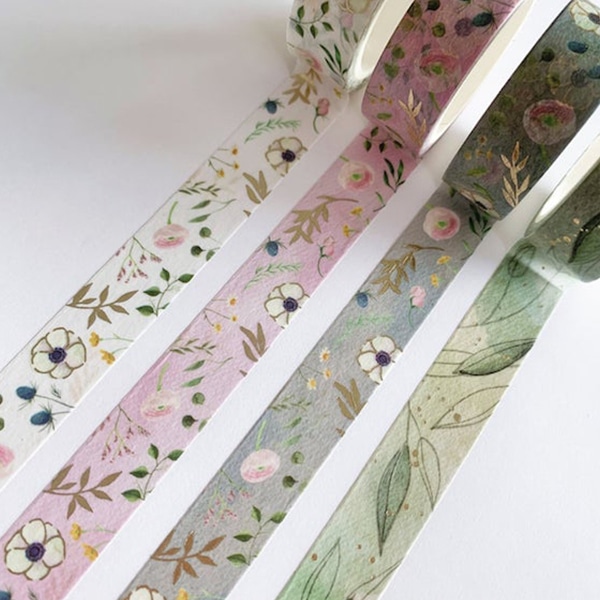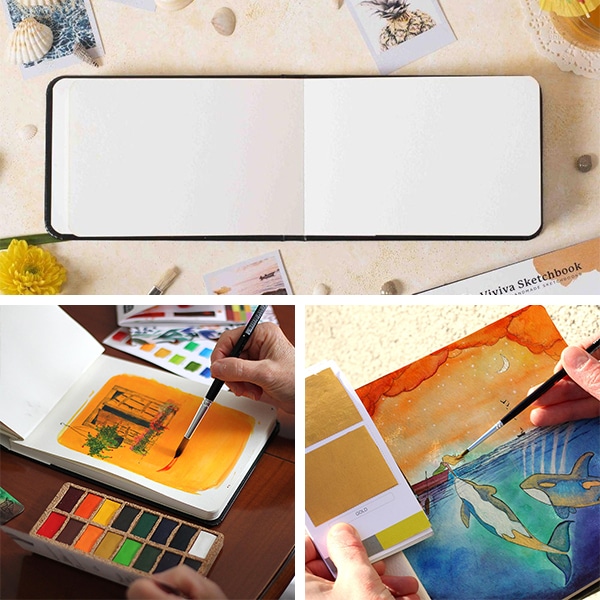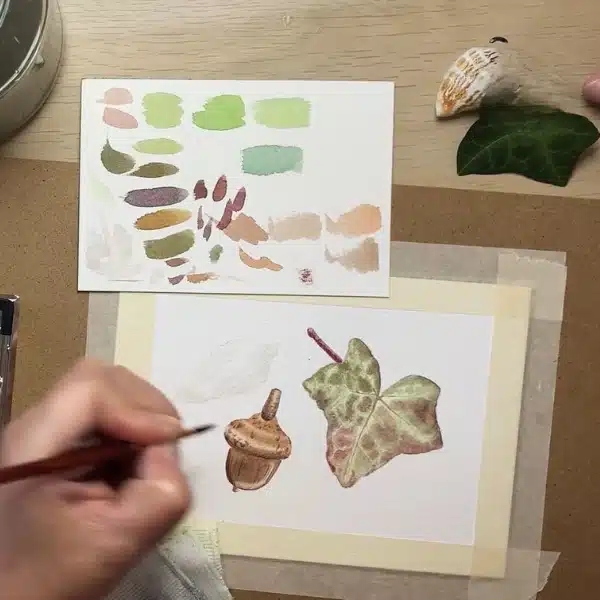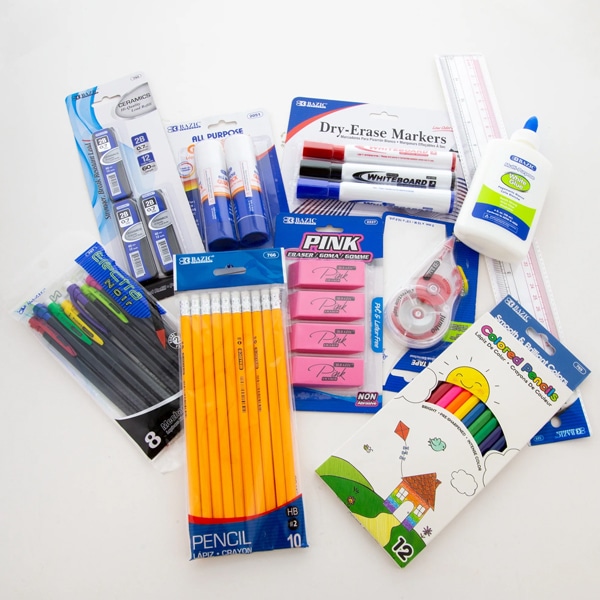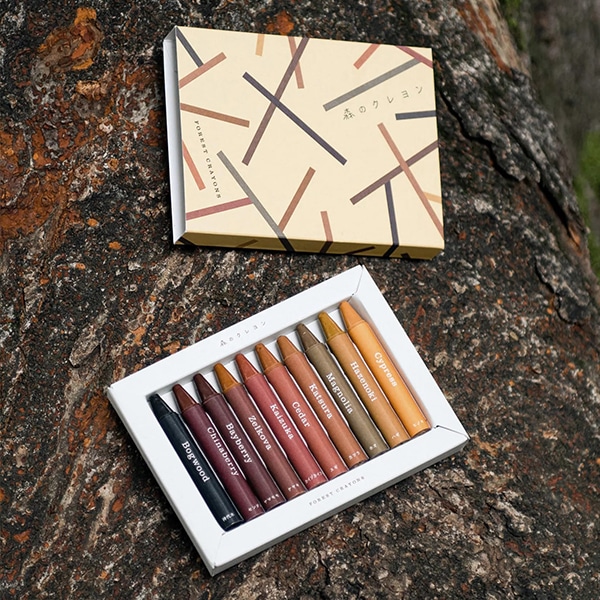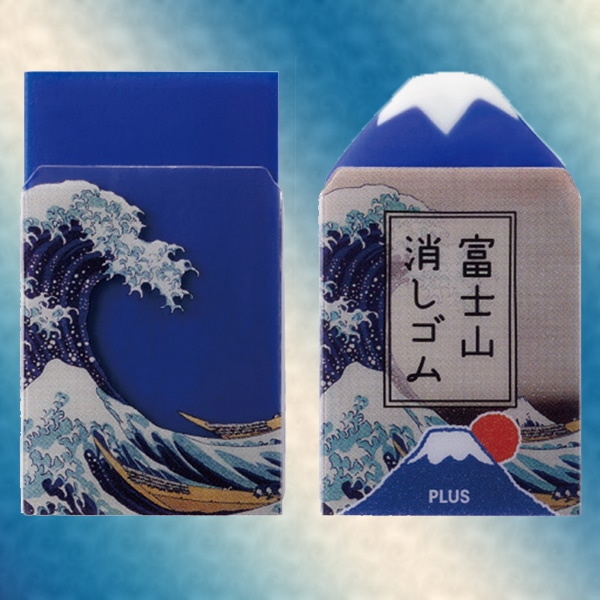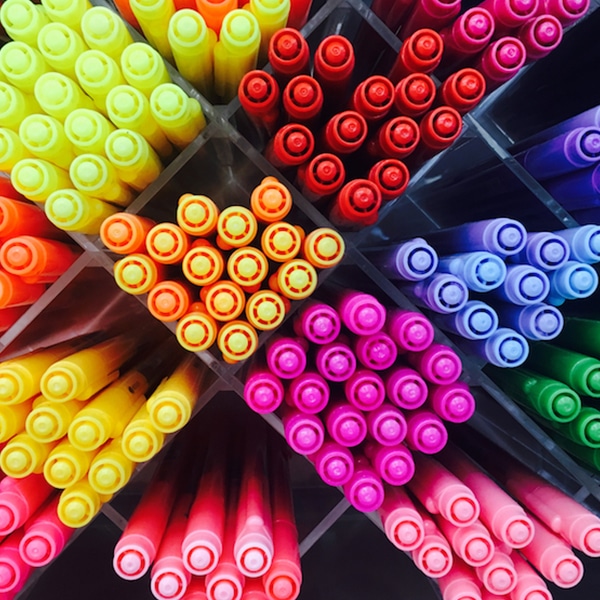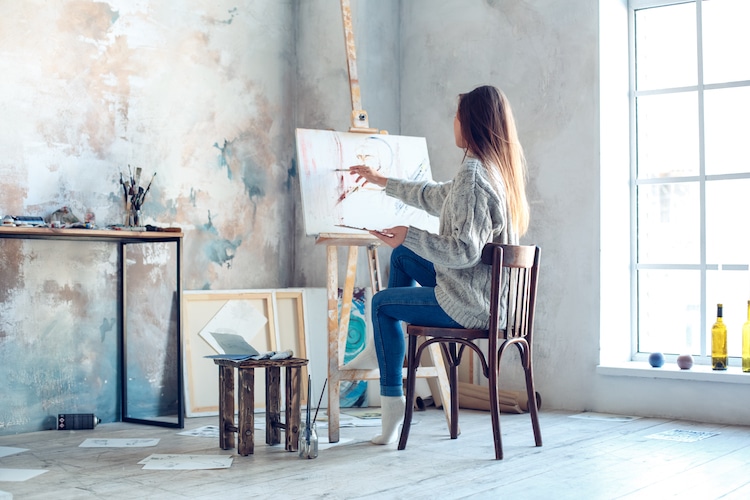
Stock Photos from Viktoriia Hnatiuk/Shutterstock
This post may contain affiliate links. If you make a purchase, My Modern Met may earn an affiliate commission. Please read our disclosure for more info.
Many artists struggle to find the space they need to create. Whether you’re working from a small corner of your bedroom or from a dimly-lit basement, a cramped space can often have a negative impact on your creativity and productivity. Having your own home art studio might sound unattainable, but it doesn’t have to be. Creating a dedicated creative space can be surprisingly inexpensive and easy to set up almost anywhere. To help you get started, we’ve put together this breakdown of the things you’ll need to consider in order to set up the perfect space for you and your process.
Want to set up your own home office or studio space? Start by considering these factors.
Space
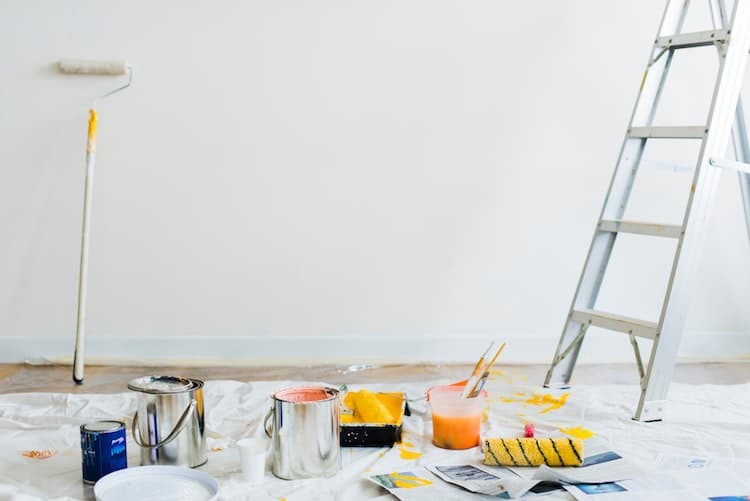
Photo: rawpixel.com
Step one is to choose your perfect space, and there are a few things to consider here. Most creatives would agree it’s important to work freely without people looking over your shoulder, so try to claim a room with privacy. If that’s not possible, set up a screen or curtain to create distance between your space and the public.
Depending on your practice, you’ll also need to decide on the size of your new studio. Those with lots of equipment—such as easels, paints, and large canvases—will probably need a reasonably-sized space. If you work on a small scale, a room with a desk and the right lighting conditions would suffice.
Other than privacy and size, the color of the walls is an important detail to get right. Surrounding hues may unconsciously influence your work—warm colors might evoke warm palettes, and cool-colored walls may inspire cool ones. White walls are the best choice as they won’t skew your work toward a particular mood. They’re also a blank canvas to pin up your own work and inspirational images.
Natural Light
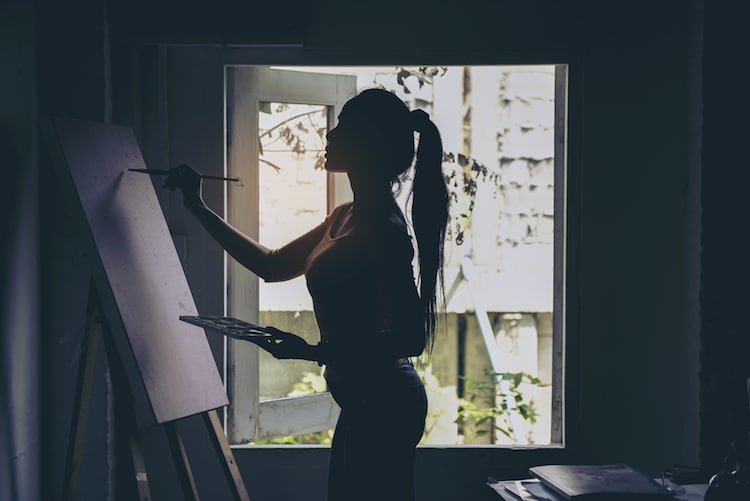
Stock Photos from Supawadee56/Shutterstock
You might think natural light is ideal for an art studio, but it isn’t always the best choice. Natural light changes throughout the day, both with intensity and direction. This can lead to a false sense of color in your work and your canvases might look completely different in another setting such as a gallery or a client’s home. However, if your room does have windows, it’s best if they’re north-facing, if you’re in the northern hemisphere, and south-facing in the southern hemisphere. This way, the light will fluctuate less throughout the day.
Artificial Light
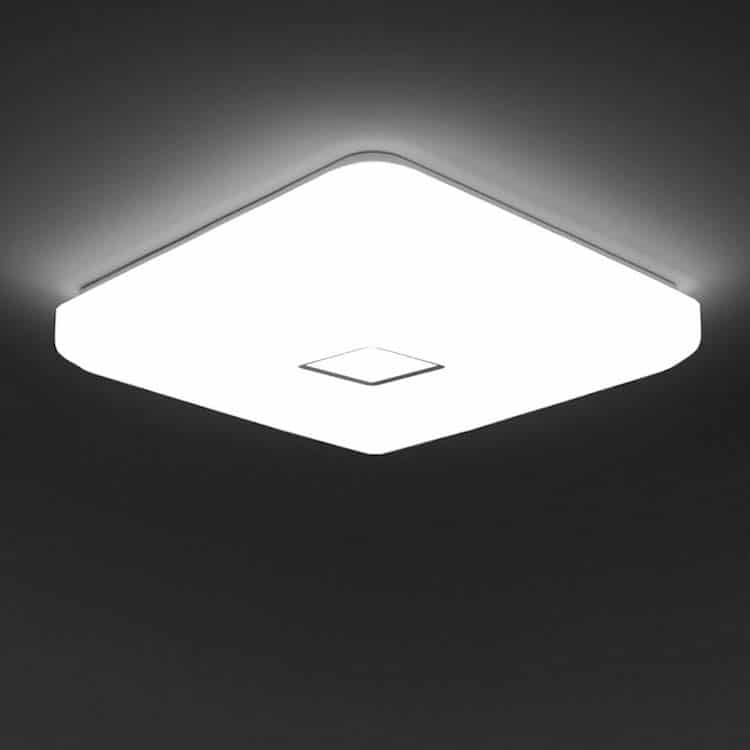
LED Ceiling Light from Onforu | $31.99
Artificial light gives you more control over your studio’s setting and it’s important to have consistent, bright lights that flood the entire room. Rather than standing lamps and spotlights that will only illuminate part of your work, a light panel mounted on the ceiling is the best choice.
Fluorescent lighting is great for working with color, but the bulbs don’t last long and may dim over time. LEDs are the best option for studio lighting—they’re not only energy efficient, but they stay cool and cast a bright, even light for many hours. Look for a light with a high Color Rendering Index (CRI) to ensure that colors look accurate (a rating of 90 CRI or more is ideal).











































































